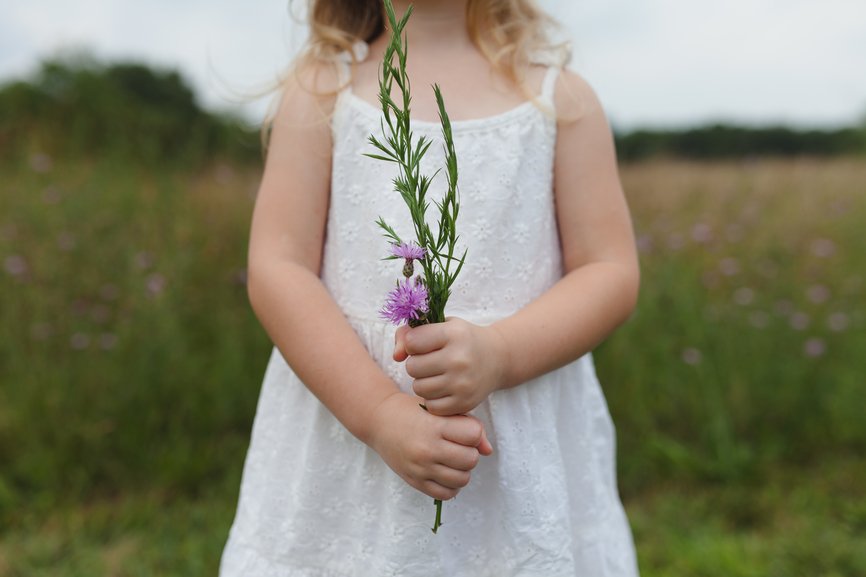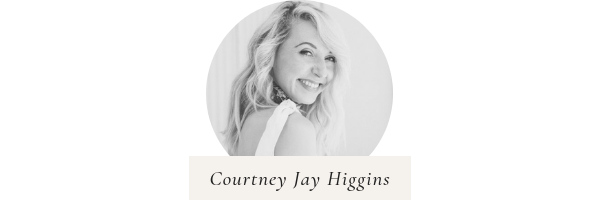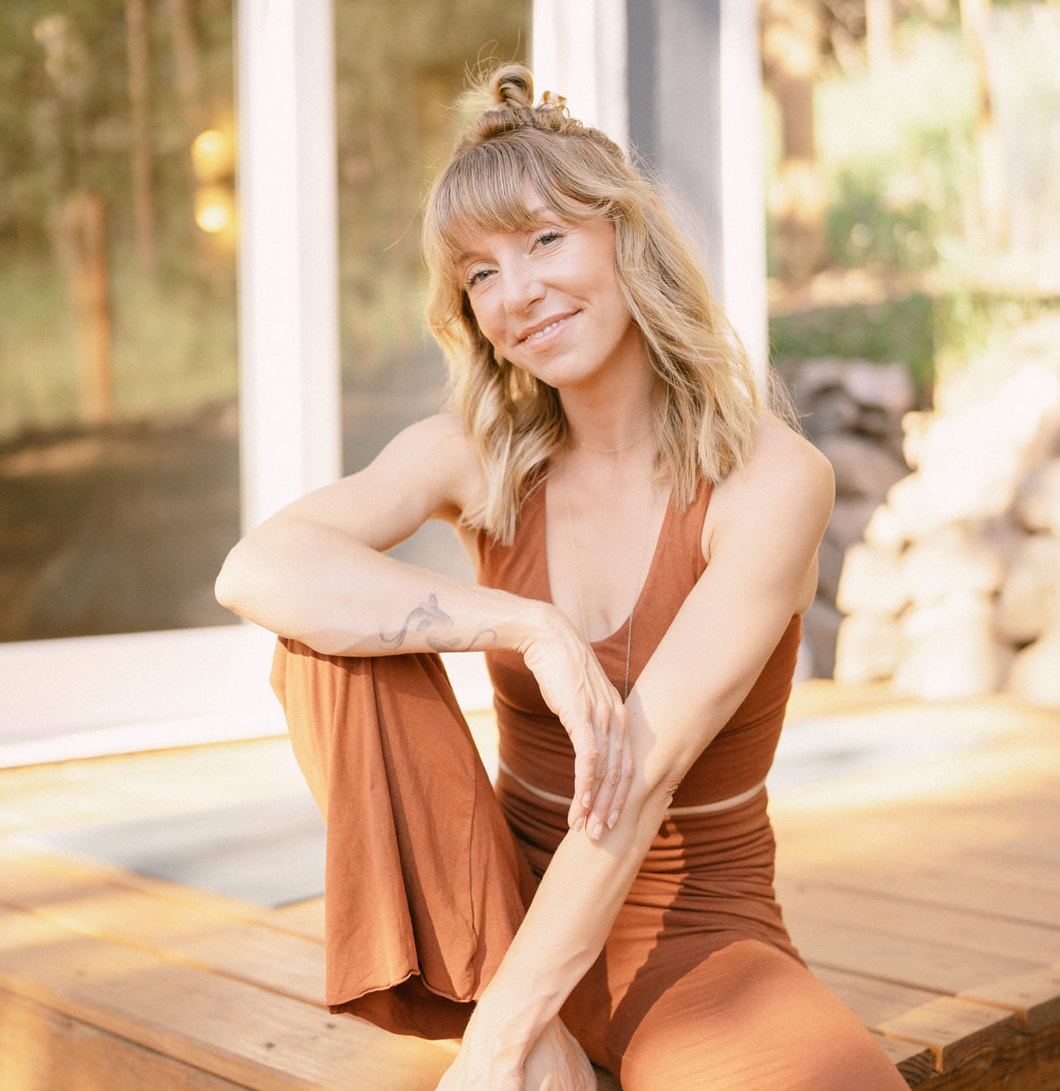
10 Creative Ways To Be Zero Waste With Kids
Our Environmental Impact Starts At Home
With our knowledge of the waste problems our world is facing, we have the power to help make a difference by starting in our own homes. Going zero waste is a big lifestyle change—but by involving the whole family it can become a creative and educational learning experience.
Here are ten impactful ways to get everyone involved—including your kids!
1. Teach kids about the environment
Be in nature as often as possible!
This is the most long lasting, zero-waste method with kids. In a world with so many distractions, helping to facilitate the time that young children spend in nature can lead to them being an advocate for a more sustainable life later on.
As adults, we can be the teachers for children to learn early on the power and importance of nature by taking time to walk outside and teach them about the planet, plants and animals. Not only is this incredibly interactive but can greatly impact their future advocacy and understanding for the importance of our earth.
2. Pack trash-free lunches
Resist disposables!
This is a great way for your child to be zero waste outside of the home and even involve their peers. When packing your children’s lunch consider non-disposable alternatives. The company Planet Wise has a vast selection of reusable children’s lunch necessities like reusable baggies. Invest in glass Tupperware instead of plastic, give your child metal or wood utensils, try to eliminate packaged snacks and add a linen napkin instead of paper.
Another really cool idea from Zero Waste Home is to wrap your child’s lunch in a kitchen towel— Furoshiki style. This traditional Japanese wrapping method is used to be more eco-friendly and mindful when wrapping food or gifts.
3. Build a package-free pantry
The sustainable way to buy in bulk.
This is another method that is about taking baby steps (so to speak) to work past the mindset of convenience. Again, it is more convenient to grab a bag of chips, a box of crackers etc from the grocery store. The method of a package free pantry is done by buying in bulk by filling jars or other non-disposable containers with snacks the family will want for the week.
Not only can this become a really beautiful decoration in your home on shelving but also creates a healthy eating environment. This method encourages consumption of raw, nutrient-rich food like dried fruits, nuts & seeds. Taking your own containers with you to your local co-op, whole foods or farmer’s market you can find snacks sold without packaging and in bulk. Alongside, it is another educational tool for children to learn about clean eating and a fun way to involve them in grocery shopping!
4. Request zero-waste presents
Back to the classics.
In a world where the toys kids play with are wrapped, or made out of thick plastic— lets start refusing these types of children’s gifts. Instead request books from family members or heirloom gifts like teddy bears and wooden toys. If your child has a birthday party to go to, ask the family not to gift yours with any of the party favors (pretty much always made out of plastic). Yes, this might be a hard thing for the child to deal with when the other kids are getting certain gifts but as long as you’re involving the child in the learning process of being zero waste, chances are she/he is going to feel more empowered in the long run. When giving gifts, be mindful if the present is going to be thrown away or if it will be kept for years to come.
5. Bring jars to the ice cream store
It’s more fun to eat ice cream when it is zero waste!
Another great tip from Zero Waste Home is gifting your kids their own little jars that are designed for going to the ice cream parlor! Typically, ice cream is put into a styrofoam cup with plastic spoons, instead bring your own wooden or metal spoons and Mason Jars. It is little lifestyle changes like this that can greatly impact our world for the future and is a continued interactive method to involve children in taking certain steps for a more waste-free future.
6. Opt for package-free baby shampoo & soap
Opt for bars of soap instead of plastic bottles.
Babies needs lots of baths and washing which means parents go through lots of soap bottles. To eliminate the trash build up from the early years of sink baths, use a bar instead of soap in a plastic bottle. Not only is the soap going to remain more pure because it has not been sitting in plastic but may be made with cleaner ingredients. You can easily store the soap in a jar or cloth to keep it from becoming messy and there is no trash once it is done. Companies like Wild Carrot and Soap & Salve make some great lines of reusable and package-free organic baby soaps, balms and salves.
7. Ask teachers for digital assignments or less paper
Digital homework instead of trash pile-up.
This is for kids that are a bit older but is such a great way to eliminate waste. Requesting digital homework encourages kids to remain zero waste outside of the home and further solidifying that going zero waste is a lifestyle. Kids will often have so many papers from school that end up just being thrown away. If it is possible, see if the teacher can send the assignments digitally. Not only is this zero waste, but it is a way to involve technology in a responsible and sustainable way.
8. Buy green toilet paper
Cleaner bums, cleaner earth.
When it comes to going zero waste this is one of those topics that is overlooked. There are a couple things to consider here. When you have a whole family using the loo, there’s a whole lot more waste. Because toilet paper is often made from virgin trees and is wrapped in plastic this becomes a long-term depletion of natural resources.
Luckily, there are tons of companies out there thinking greener about what toilet paper is made out of using “tree-free” materials like bamboo. We love the brand Who Gives A Crap. They are dedicated to educating their customers on toilet paper alternatives and being passionate about the materials they are using. Another method to use less toilet paper is to invest in a Bidet. This sounds like a luxury but co mpanies like Tushy are making modern, inexpensive Bidets that are also helping to in reduce waste.
9. Invest in cloth diapers
Cloth diapers have come a long way.
Convenience is not the name of the game with cloth diapers. There is no doubt that using disposable diapers is an easier and faster process. However, consider the vast amount of waste that comes from constantly changing and throwing away diapers.
There may be resistance to the idea of cloth diapers because of the image that might come to mind of vintage diapers held on with safety pins. However, we have come a long way since then. Unfortunately, cloth diapers are an unspoken alternative that are typically unseen among the towering walls of disposable Huggies & Luvs. What’s exciting is there are tons of great cloth diaper companies making quality, eco-friendly cloth diapers that are even cuter then their disposable counter-parts. Companies like Smart Bottoms and Cotton Babies offer a selection of modern and fun cloth options.
10. Create a no plastic rule
This has already been mentioned a lot in these tips for zero-waste living with kids but it’s one of the most important ways to help in reducing our waste. This concept can become a rule, the no-plastic-in-the-house rule! Though this can feel extreme, when it is implemented creatively, it can become a family activity.
Plastic is not just bad for the environment, it is bad for your children’s health. It is enveloped with chemicals and harmful ingredients that can have long-term effects. Parents can help to set an example for simple ways to stay plastic-free like bringing your own coffee cup to the shop, buying glass water bottles instead of plastic, refusing to use plastic baggies and/or plastic containers. We have a more in-depth list for plastic reduction and alternatives here.

Courtney Jay Higgins is the Content Strategist at The Good Trade. She is also a Yoga Instructor, vegetarian, wellness and fashion enthusiast. Originally from Colorado, her soul found California when she came to get her degree in Visual Communications at the Fashion Institute Of Design & Merchandising. She has a background in telling a story through writing, creative direction and content creation. Her online blog hosts her unique perspective on the mergence of fashion and spirituality.
